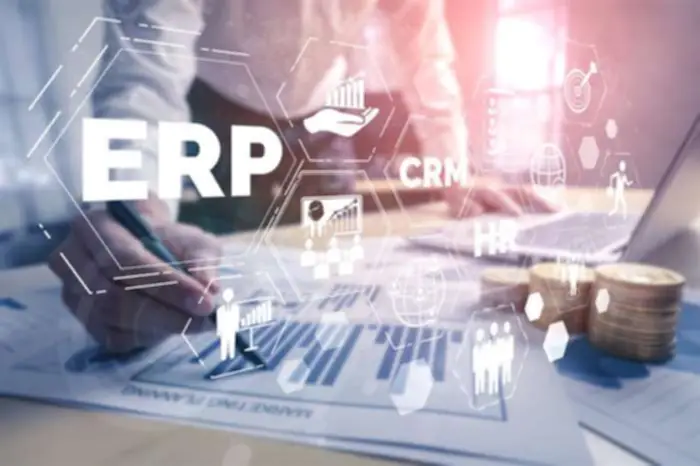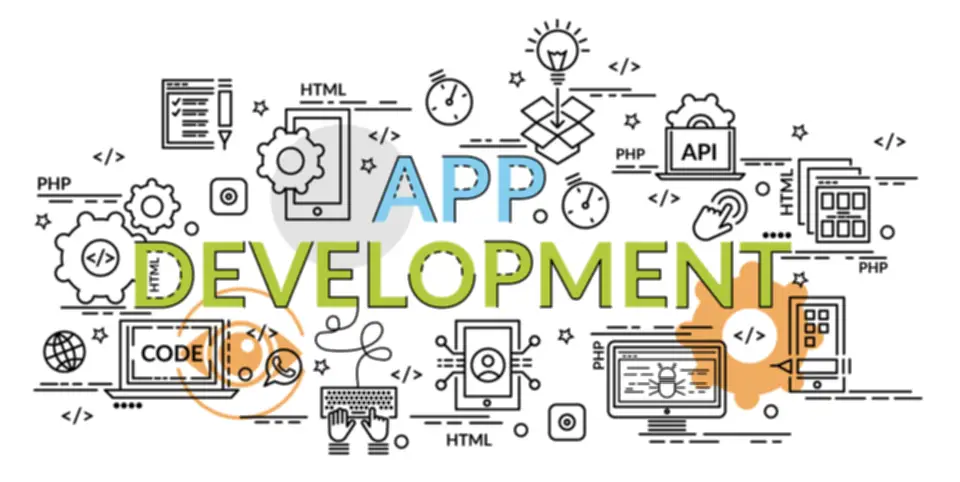These are questions that inevitably will come up whenever you begin looking at http://fcmetalurg.com/news/clubnews/?pageNo=152 implementing Continuous Delivery. It works as a model management and can be utilized to maintain observe of changes in any set of information. As a distributed revision control system it’s aimed toward pace, knowledge integrity, and assist for distributed, non-linear workflows.
Devops As A Service: What It’s And The Means It Works?
- DevOps Maturity Model is a framework that assesses an organization’s degree of maturity in implementing DevOps processes and practices.
- For groups simply embarking on the CD journey, it might be a frightening task to attempt to make sense of all of the frameworks, practices, instruments, buzzwords and hype out there.
- Any developer or software program ops staff member will know the pain of deployment failures or rollbacks.
- Continuously measure your progress utilizing related metrics and adjust your methods as needed.
- We have heard groups balking on the thought of steady training of ML models because of cost considerations.
Each category has it’s personal maturity development however typically a corporation will steadily mature over a quantity of classes quite than just one or two since they are related and will have an effect on one another to a sure extent. While there is no single commonplace for CDMM, most models proposed in the industry consist of 5 ranges, with Level 1 being the lowest stage of maturity and Level 5 being the very best. Each stage represents a set of capabilities that a company should have so as to obtain that stage of maturity.
Stage 4: Worry-free Collaboration
It delivers enhanced collaboration, automation, and controls to simplify and accelerate the provisioning of cloud-based infrastructures. You should also track and measure the level of collaboration and communication between technical groups. Consider cultural aspects, such as adopting a DevOps mindset and the extent of collaboration and trust inside groups. Measuring DevOps maturity entails evaluating varied features of your organization’s DevOps practices.

Continuous Supply With Outerbounds
The model often incorporates metrics and key performance indicators (KPIs) that can assist you measure your progress over time. It’s not about reaching an ideal score however constantly striving to enhance. Whether your teams are across the corridor or the globe, they want seamless collaboration tools and shared assets to achieve common objectives. The levels progress from fundamental, casual practices to more refined, automated processes. The DevOps Maturity Model is on the heart of this transformative methodology.
Climb The 5 Steps Of A Continuous Delivery Maturity Mannequin

To use IaC sample information, rename the file to data_radar.js; it will be automatically included in the build. Alternately, change the name of data file that gets included, by modifying the build/build.js and js/radar/common.js recordsdata. The knowledge file contains a pattern data set, based on a fictions monetary institution’s gap analysis. Senior developer and architect with experience in operations of huge system. Strong believer that Continuous Delivery and DevOps is the pure step within the evolution of Agile and Lean motion. Wants to change the finest way we take a look at methods improvement right now, moving it to the next level the place we focus extra time on creating options than doing manually repetitive duties.

There is an absence of standardized processes, and handbook interventions are widespread. Automation is minimal, and there is limited use of recent tools and technologies. This phase is characterised by frequent delays, excessive error rates, and low efficiency. Organizations in this stage must concentrate on constructing a foundational understanding of DevOps rules and starting to break down silos between groups. Testing illustrates the inherent overlap between steady integration and steady delivery; consistency demands that software program passes acceptance tests before it’s promoted to production.

Andreas Rehn is an Enterprise Architect and a robust advocate for Continuous Delivery, DevOps, Agile and Lean strategies in techniques development. The principles and strategies of Continuous Delivery are rapidly gaining recognition as a successful strategy for true enterprise agility. ” How do you start with Continuous Delivery, and how do you transform your group to ensure sustainable results. This Maturity Model aims to give construction and understanding to some of the key aspects you should contemplate when adopting Continuous Delivery in your organization. Discover rising trends, insights, and real-world finest practices in software development & tech leadership.
This translates to price savings, elevated useful resource utilization, and a leaner, more environment friendly software program delivery process. This allows you to streamline workflows, automate repetitive processes, and free your teams to give consideration to higher-value activities. The DevOps Maturity Model permits you to tailor your DevOps journey to your specific context. By partnering with a trusted supplier like Full Scale, you can harness the power of DevOps and achieve entry to a staff of expert developers who can help you obtain your small business targets.
Continuous delivery emphasizes automation that minimizes the guide effort required to deploy code changes. In a continuous delivery pipeline, builders create their code, it passes automated tests, and is then mechanically integrated with a repository like a container registry or a binary repository. The operations groups can then deploy the code to the live manufacturing setting on the push of a button. Continuous delivery (CD) is an application development practice that includes routinely preparing code modifications for release to a manufacturing environment.

It offers a structured path for groups to advance from ad-hoc practices to completely optimized DevOps processes. By following this mannequin, organizations can systematically improve their capabilities in key areas such as collaboration, automation, testing, monitoring, and security. The DevOps Maturity Model additionally serves as a diagnostic device, allowing companies to pinpoint weaknesses and set benchmarks for improvement. Ultimately, it guides teams via a step-by-step process to attain higher effectivity, agility, and innovation of their software program development efforts.
Continuous deployment emphasizes lowering the burden on operations groups to speed up the appliance delivery process, increasing steady delivery automation into the following SDLC stage. It typically contains automation of extra steps in releasing new software program to attenuate the handbook processes required. For example, a continuous deployment pipeline might routinely launch the event team’s adjustments from the repository to the production setting, where customers can use it. Continuous deployment is more durable to attain than Continuous Delivery as it routinely sends accredited artifacts to production environments without any guide intervention. In the optimized part, organizations have achieved a excessive level of DevOps maturity. They have fully automated their processes, with minimal manual intervention required.
The pinnacle of steady delivery maturity focuses on continual process improvement and optimization using the metrics and automation tools previously carried out in stages two by way of 4 of the mannequin. The lowest maturity level is typically called the initial or regressive state as a result of it is extremely inefficient. At this stage, when automation is utilized to utility supply, it is typically ad hoc and isolated — often instituted by a single workgroup or developer and focused on a selected problem. At this level actual time graphs and other reports will sometimes additionally include trends over time.
Mature DevOps teams are aligned on KPIs and have a look at them frequently to evaluate and improve performance. This feeds into the tradition of transparency and allows efficient decision-making. Tools like retrospectives and reviews are used to establish potential improvements, while machine learning is often used to automate the identification of tendencies. Collaboration between the totally different arms of a software program growth group, from developers to QA and operational roles, is critical to a successful and mature DevOps implementation. This can also prolong to different stakeholders, such as product design, InfoSec, and customer success. Technology is a whirlwind of innovation, and DevOps has emerged as a robust force for streamlining software growth and operations…